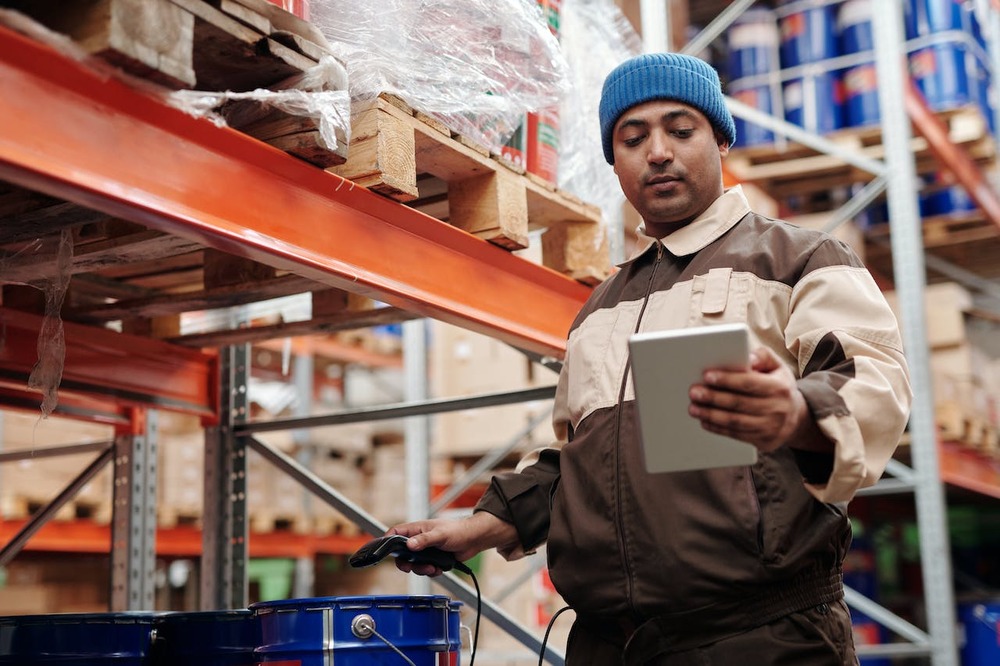Logistics hubs play a pivotal role in facilitating the smooth flow of goods, connecting producers with consumers. Traditionally, Tier-1 cities have been the focal points for these hubs, benefiting from well-established infrastructure and connectivity. However, a notable shift is underway as Tier-2 and 3 cities are increasingly emerging as significant logistics hubs.
Infrastructure Development
Government initiatives and investments are pivotal in propelling the growth of logistics hubs in Tier 2 and 3-cities. Infrastructural development, including the creation of highways, railways, and ports, enhances connectivity and facilitates the seamless movement of goods. Improved connectivity reduces transit times. It also opens up new avenues for businesses to reach previously inaccessible markets. A more robust development leads to sustainable practices in the long run.
Challenges and Opportunities
While the shift is promising, challenges abound. Addressing infrastructure gaps in Tier 2 and 3-cities is imperative to ensure a smooth logistics network. Attracting talent and expertise to these areas poses another challenge, but it also presents an opportunity for local employment and skill development. Businesses keen on exploring these hubs can tap into the market potential, leveraging the growing consumer base in these regions.

Future Outlook
Anticipated growth and expansion of logistics hubs in Tier-2 and 3 cities are on the horizon. As these cities continue to develop, the logistics sector stands to benefit from increased efficiency and reduced operational costs. However, potential hurdles, such as regulatory complexities and environmental concerns, need to be addressed. Mitigations involve sustainable practices, technological integration, and proactive policy frameworks.
Wrapping Up
The emergence of Tier 2 and 3-cities as logistics hubs signifies a transformative shift in the logistics landscape. The diversification of logistics operations across cities of varying sizes not only ensures a more resilient and agile supply chain but also contributes to the overall economic development of these regions. As the trend continues, businesses and policymakers must collaborate to harness the full potential of these emerging logistics hubs, creating a win-win situation for all stakeholders in the supply chain. It strengthens the national economy.



Recent Comments